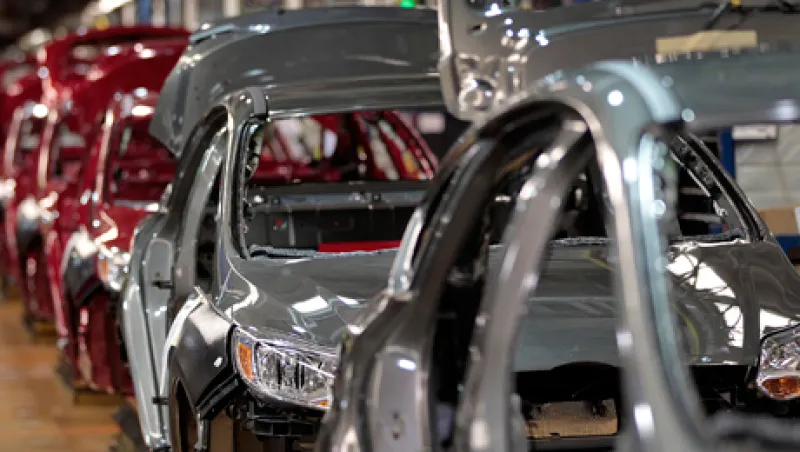
Ford CFO Shanks Sees Growth amid Economic Gloom
Now solidly profitable in North America, U.S. automaker Ford Motor Co. is negotiating a challenging European market and planning a major Asia expansion.
Michael Peltz
October 23, 2012


